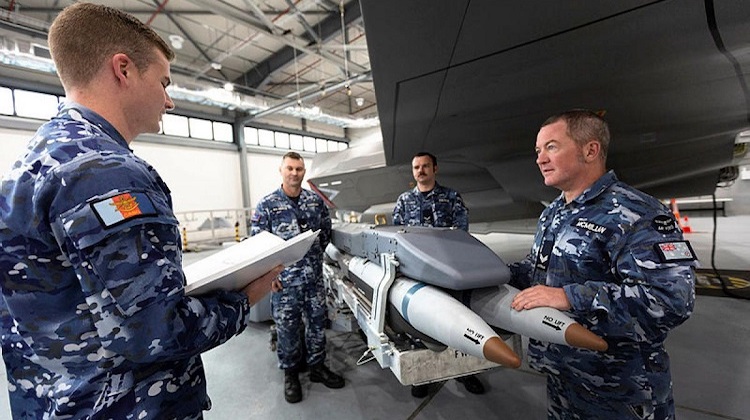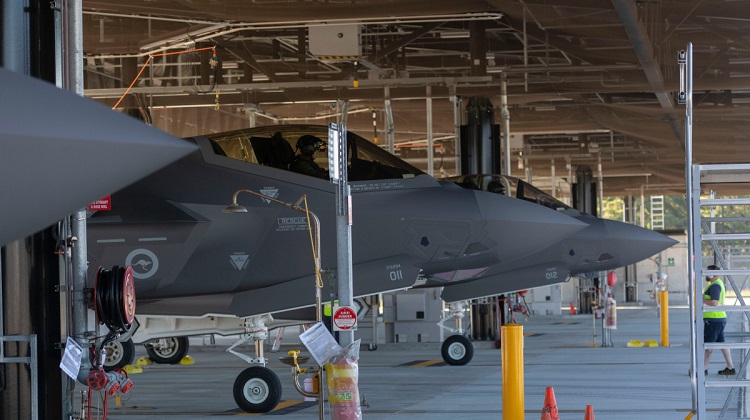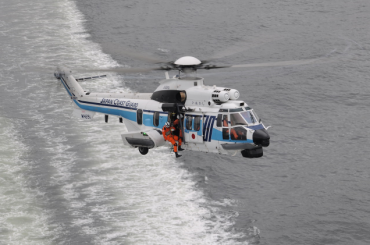
The Royal Australian Air Force’s (RAAF) first F-35A squadron has been conducting GBU-39/B small diameter bomb increment 1 (SDB1) training in preparation for the start of weapons release trials later in 2019.
The training of 3SQN and Aerospace Explosive Ordnance Systems Program Office (AEOSPO) personnel at RAAF Williamtown comprised familiarisation training on the weapons, test procedures, loading on to their specialist bomb rack units (BRU-61/A), and loading into the aircraft’s internal weapons bays.
The F-35A can carry four of the 130kg weapons in each of the two internal weapons bays. The SDB1 is GPS-guided with target coordinates uploaded prior to launch, and glides to its target using pop-out diamond-shaped wings after release.
“Where you used to carry one JDAM in a position on the aircraft, SDB1 allows you to carry four bombs that each achieve very similar effects,” AEOSPO’s Explosive Materiel Branch Chief Engineer WGCDR Simon Bird said in a statement on August 16.
“Although at 285lbs the SDB1 is lighter than a 500lb JDAM, it’s highly accurate and packs a more powerful, modern explosive.
“SDB1 is also designed to penetrate harder targets, or can fuse above ground to create area effects.
“With JDAMs you’ve got to be very close to the target to engage it, but because of the wings on SDB1, a single F-35A can engage up to eight separate targets from outside the range they can defend against. What’s more, because an SDB1 is carried internally, the F-35A can remain low observable and will not be affected by any extra drag from carrying eight bombs.”
If released at altitude and speed, the SDB1 had a stand-off range of more than 60km, and a circular error of probability (CEP) of less than two metres.
Although a small weapon, because of its accuracy and the shape and material of its warhead, the SDB was particularly effective against targets such as buildings, parked aircraft in semi-hardened aircraft shelters, fixed air-defence radars and missile launch sites, and key infrastructure.
Defence said about 15 armament technicians from 3SQN received familiarisation training on the bombs before the planned test firings that were due to take place in the coming months.
“We’ve got a next-generation bomb to go with our fifth-generation fighter,” WGCDR Bird said.
In April, RAAF Base Williamtown received its third and fourth F-35As, with a further six due to arrive by the end of calendar 2019.














